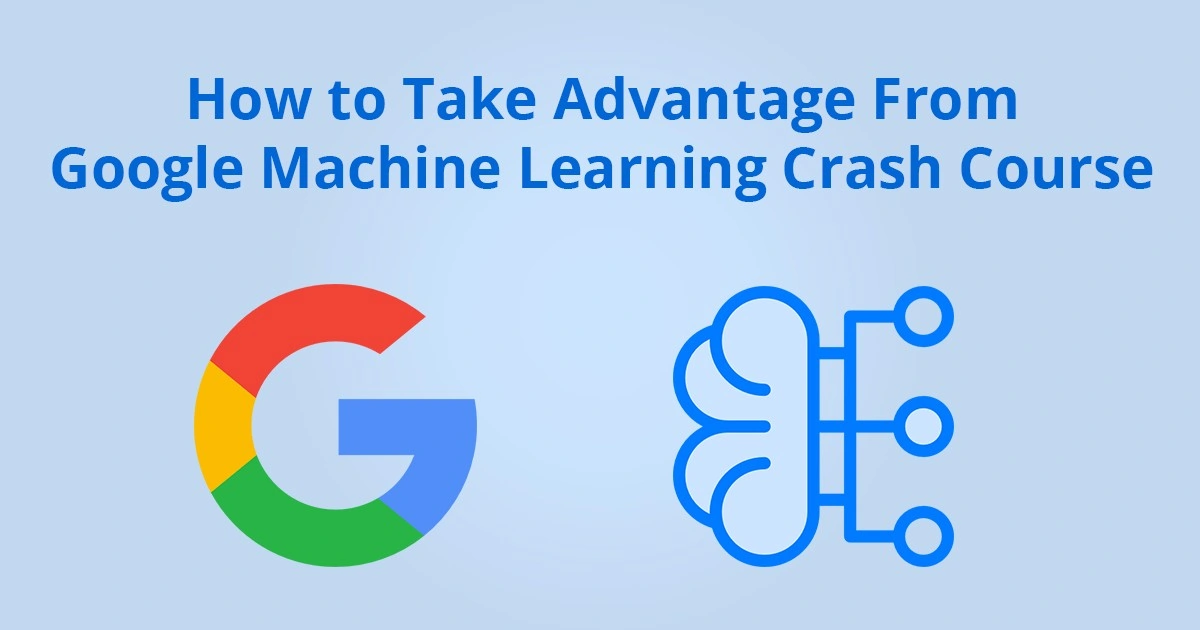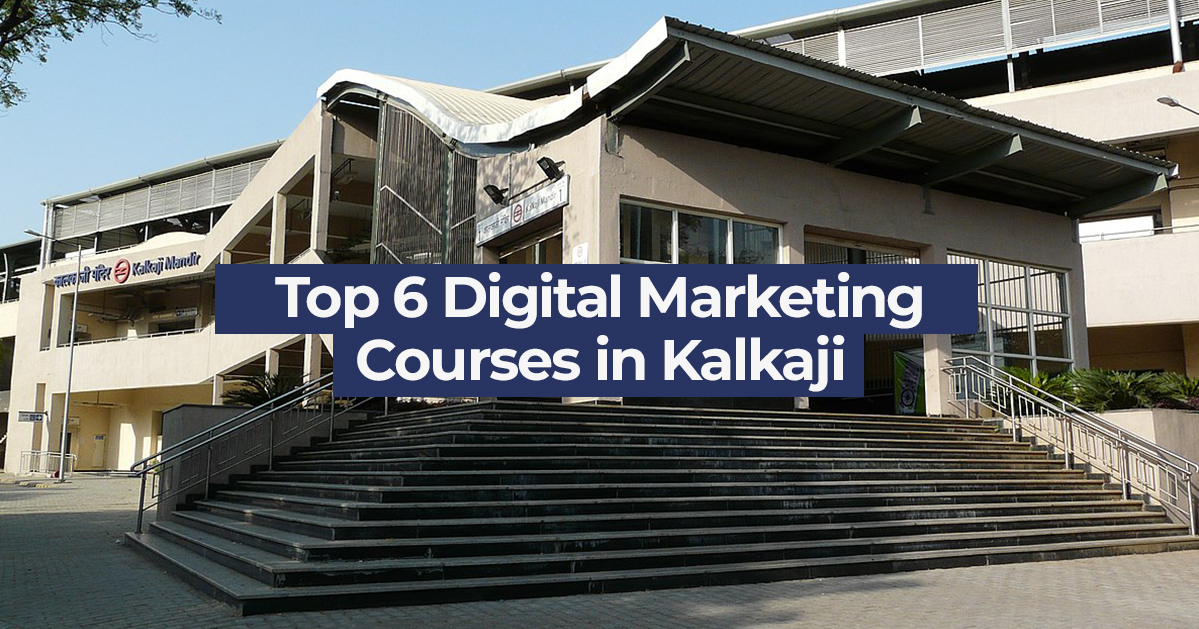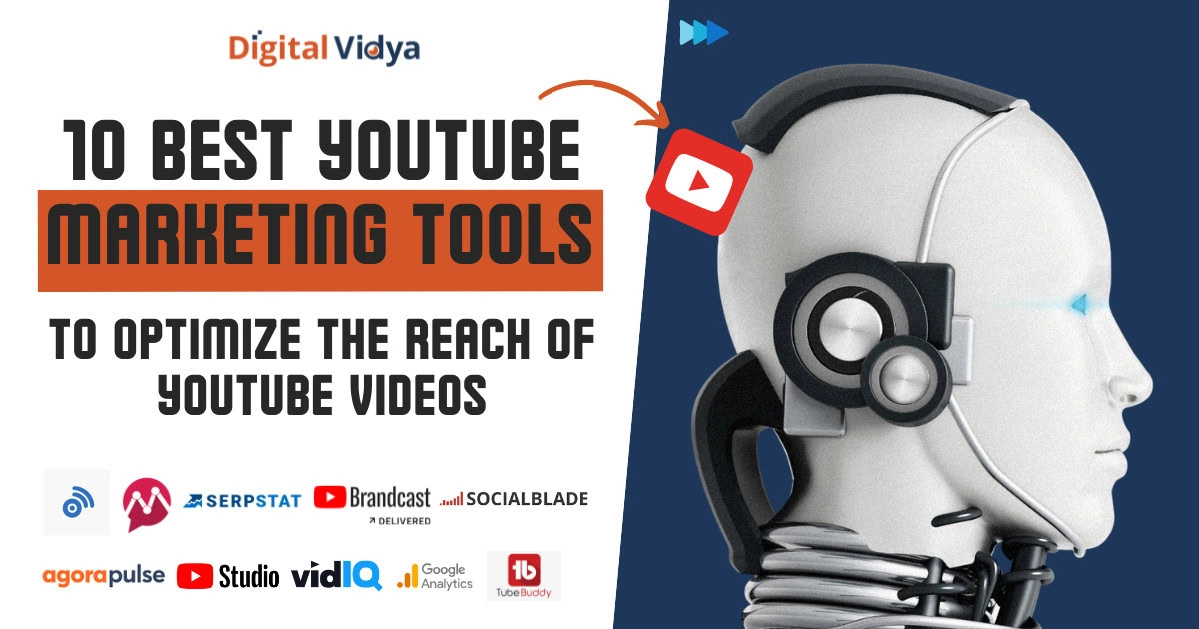Before we get to understanding how to best absorb the Google machine learning crash course, let us understand the basics of machine learning. Machine Learning (also called ML) is a subset of Artificial Intelligence (AI). Machine Learning allows systems to ‘learn’ from experience.
A machine learning algorithm differs from traditional computing algorithms, in that traditional algorithms are programmed to execute a set of instructions to give us an expected result, while machine learning algorithms are programmed to modify based on input data to ‘improve’ results.
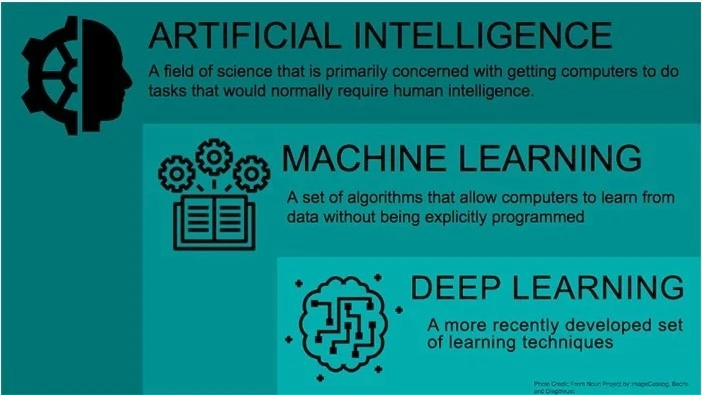
Tom Mitchell in 1997 gave an apt definition for machine learning: A computer program is said to learn from experience E with respect to some task T and some performance measure P, if its performance on T, as measured by P, improves with experience E.
Download Detailed Brochure and Get Complimentary access to Live Online Demo Class with Industry Expert.
In simple words, a machine learning algorithm is designed to work on a task, while taking feedback from the output to improve its performance on the same task.
A breakthrough in machine learning would be worth ten Microsofts. – Bill Gates, Former Chairman, Microsoft
To understand machine learning, consider the following example, which is also one of the earliest and most basic uses of machine learning: The email spam filter. An email provider’s email spam filter is programmed to look for keywords in the email address and content body to filter out spam emails.
When you mark an email in your inbox as ‘spam’, the algorithm automatically evolves to ‘learn’ what terms in that email constituted as spam, and modifies its filters to identify similar terms in the future, so that such emails are automatically set as spam in the future.
Another example is voice recognition software. The software’s algorithm is not programmed to recognize your voice, but rather to ‘learn’ how you recognize your voice.
As you walk through the initial set up process, providing voice samples, the recognition software modifies to ‘learn’ voice patterns in order to recognize the correct voice.
Why Take up the Google Machine Learning Crash Course
With the increasing volumes of data production today, organizations are relying on machine learning solutions for data processing and information extraction. Data analysis is just one use of ML, however. Machine learning helps e-commerce companies improve product recommendations to foster sales, helps companies identify prospective audiences, etc.
The advantages of implementing machine learning are driving its use in organizations, in turn increasing the demand for machine learning professionals and engineers. Once you complete the Google machine learning crash course, you will be equipped to leverage these job opportunities and grow your career in the right direction.
Once you complete a machine learning course, you will learn to build machine learning programs using languages like Python, Java, and Scala. According to PayScale, companies are currently hiring ML engineers by offering salaries ranging from $75k to $153k per annum (average of $111,312 per annum) for the posts like:
- Machine Learning Engineer
- AI Engineer
- Data Scientist
- NLP Scientist
- Business Intelligence Developer
- Human-centred Machine Learning Designer
- Business Intelligence (BI) Developer
Here is a quick online review of the Google machine learning crash course:
Preparing for the ML Course – Must Know Core Concepts
Before you begin a machine learning course, it is best to familiarize yourself with certain important concepts like the types of machine learning algorithms, its uses, etc.
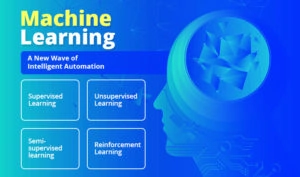
Types (or Approaches) of Learning Algorithms
1. Supervised Machine Learning
Supervised machine learning is when an algorithm is given examples of desired output to learn from. The algorithm maps the input to the desired output based on provided training examples.
For example, marking a term as ‘spam’ is giving the algorithm an example of the desired output, based on which it modifies operations. Each learning example provided to a supervised learning algorithm consists of a pair of an input object and the desired output value. The algorithm analyzes the provided example to learn and infer a function.
The following steps are followed in order to solve a supervised learning problem:
(i) Define the type of example that is going to be provided. If the program is going to analyze handwriting, you will have to decide if the example will be a character, a word, or a line.
(ii) Gather the training set. Collate the training data that will be fed as input, and this has to be real-world representations.
(iii) Define the representation of the input feature. Typically, the input feature or object is converted to a feature vector containing different features that represent the object. The number of features should be just enough to accurately predict the output.
(iv) Define the structure of the learned function and the resulting algorithm. For example, define it to be support vector machines or decision trees.
(v) Design and run the learning algorithm on the collated training data set.
(vi) Evaluate the learned functions’ accuracy.
2. Unsupervised Learning
Unlike in supervised learning where the algorithm is provided what output to look for from input, in unsupervised learning, the ML algorithm is provided with a set of data that only contains inputs without any labelling, classification or categorization.
The algorithm looks for patterns in the provided input data to look for commonalities in the data and then takes action based on the presence or absence of these patterns or commonalities in every new piece of data that is provided. Some examples of unsupervised learning algorithms are:
- Clustering
- OPTICS algorithm
- Anomaly detection
- Neural Networks
- Autoencoders
- Deep Belief Nets
- Self-organizing map
- Method of moments
- Singular value decomposition
Clustering is a common example that helps understand unsupervised learning. Consider an ML program that is being programmed to predict the movement of one particular company’s stock. The program is fed with input data that consists of 5 years of stock data: price change, company management changes, external factors, global market values, etc.
The algorithm looks for patterns and maps different factors that affect the stock price. Now when it is provided with fresh data, for example, today’s global market value, management decisions, etc, it is able to predict how that is going to affect the stock price by mapping it to the learned patterns.
3. Reinforcement Learning
Reinforcement learning algorithms are most known for their use in autonomous vehicles. Reinforcement machine learning involves software agents learning what actions to take in an environment, and how to take them, in order to maximize the notion of cumulative reward.
It can work similar to supervised learning, in that an input-output pair can be provided for learning, and it can also work without an explicitly provided learning set. The algorithms work on a balance between exploitation (learning from provided sets and current knowledge) and exploration (from uncharted territory).
For example, consider an AI chess player. The layer has been provided with a set of data from which it has learned, but it is also learning as it makes moves, by understanding good and bad moves and their consequences.
Supervised learning, unsupervised learning, and reinforcement learning are the three basic machine learning paradigms you must know.
Other types that you consider learning to be thorough are Self-learning, Feature learning, Sparse dictionary learning, Anomaly detection, Association rules.
Important Elements of Machine Learning
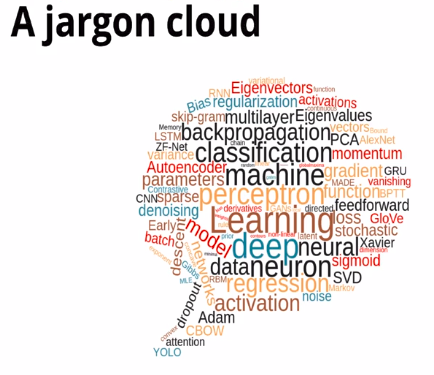
The next prerequisite you need to know before taking a machine learning course is the elements of ML. Every machine learning algorithm generally involves 3 components: Representation, Evaluation, and Optimization.
1. Representation
This defines how knowledge is being represented. For example, decision trees, sets of rules, instances, graphical models, neural networks, support vector machines, or model ensembles.
2. Evaluation
This defines how candidate programs will be evaluated. For example via accuracy, prediction and recall, squared error, likelihood, posterior probability, cost, margin, or entropy k-L divergence.
3. Optimization
This defines how candidate programs are generated. Examples: combinatorial optimization, convex optimization, and constrained optimization.
The Google Machine Learning Crash Course
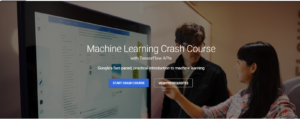
About the Course
The google crash course on machine learning consists of:
- 25 lessons
- Total of 15 hours of classes
- Over 40 exercises
- All lessons are taught by Google researchers
- Real-world case studies
- Interactive visualizations of algorithms in action
The machine learning crash course by google will cover topics like:
- Difference between machine learning and traditional programming
- Definition of loss and how to measure it
- Working of gradient descent
- Data representation
- Building deep neural networks
- Framing
- TensorFlow
- Logistic regression
Prerequisites to the Machine Learning Crash Course by Google
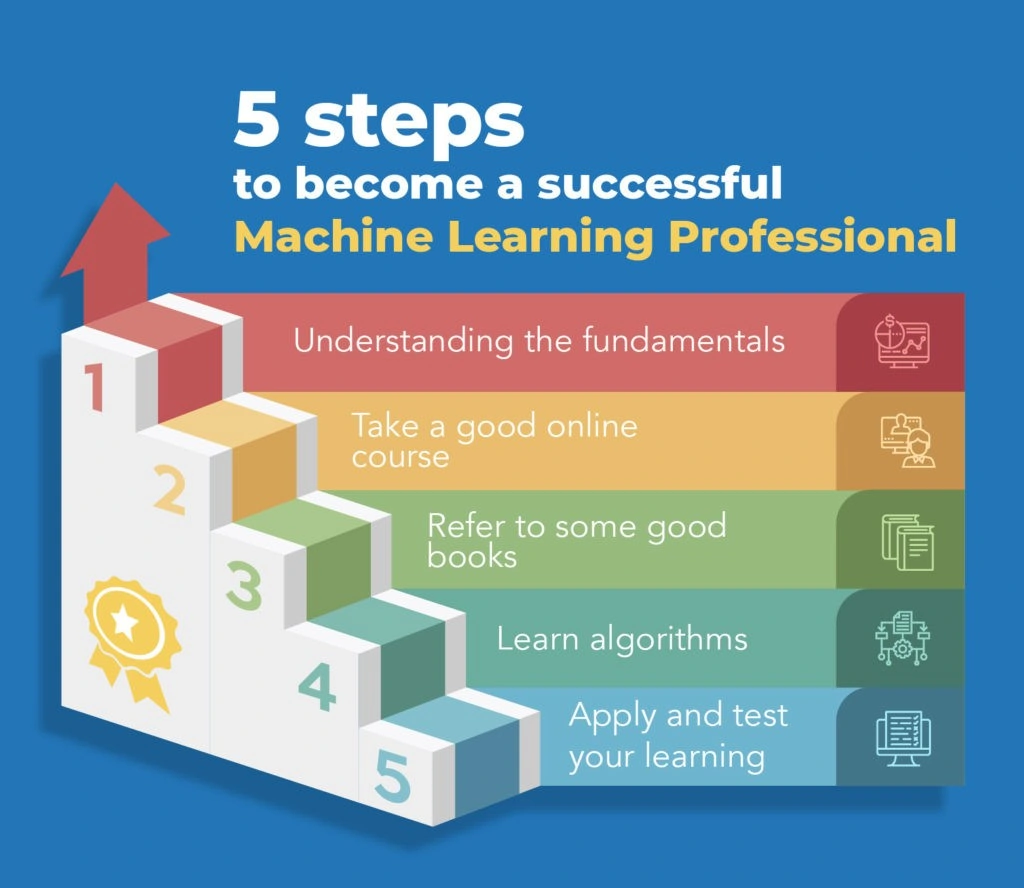
Although there are no mandated prerequisites to take up the google crash course on machine learning, Google suggests having some basic knowledge coming into the course in order to grasp concepts better. They suggest the following skillset:
(i) Mastery of intro-level algebra: A good understanding of variables and coefficients, linear equations, graphs of functions, and histograms. Knowledge of advanced concepts like logarithms and derivatives is beneficial but not required.
(ii) Proficiency in programming basics, and experience in Python programming: The machine learning crash course by Google teaches ML examples that are coded in Python using TensorFlow.
Therefore, some understanding of the coding language (function definitions/invocations, lists and dicts, loops, and conditional expressions) will help candidates completely grasp the classes and utilize the exercises and examples. You can get better by working on some of the Python Projects.
Math Prerequisites for the Google Machine Learning Crash Course
1. Algebra
- Variables, coefficients, and functions
- Linear equations
- Logarithms, and logarithmic equations
- Sigmoid function
2. Linear algebra
- Tensor and tensor rank
- Matrix multiplication
3. Trigonometry
- Tanh
4. Statistics
- Mean, median, outliers, and standard deviation
- Ability to read a histogram
5. Calculus (optional, for advanced topics)
- Concept of a derivative (you won’t have to actually calculate derivatives)
- Gradient or slope
- Partial derivatives (which are closely related to gradients)
- Chain rule (for a full understanding of the backpropagation algorithm for training neural networks
Complete Fresher to Machine Learning?
If you’re completely new to Machine Learning, you should start by taking up this course first: Introduction to Machine Learning Problem Framing. This is a one hour course that introduces you to machine learning.
Basics of Pandas
Programming exercises in the google machine learning crash course utilize the panda’s libraries for data set manipulation. In case you are not familiar with pandas, you can take up this Quick Introduction to pandas Tutorial to start with.
With the above prerequisites sorted, you should be able to fully absorb the google machine learning crash course and successfully obtain the google machine learning crash course certificate.
Benefits of the Google Machine Learning Crash Course
Once you receive the Google machine learning crash course certificate, you will be one step closer to beginning your career as a machine learning engineer. Here are some acclamations of the course, and its benefits:
(i) Over 18000 Google engineers have taken this course. Google has only recently made this google crash course on machine learning accessible to the general public in order to foster ML knowledge.
(ii) After about 15 hours in this google crash course on machine learning, you will be able to use Google’s open-source machine learning platform TensorFlow. This is an incredible opportunity for engineers to get started on ML and AI.
(iii) The machine learning crash course by google prepares you for more advanced ML learning, by providing an opportunity to re-learn algebra concepts.
(iv) This google machine learning crash course certificate is beneficial for both beginners and experienced professionals.
(v) TensorFlow is a full-stack ML platform along with distributed training. Learning it will enhance your skills as a machine learning engineer, and add to the Google machine learning crash course certificate.
Conclusion: Getting Started
Machine learning is an incredible area of engineering that poses many opportunities. Be it in data analytics, search and targeting optimization, or in artificial intelligence. It is a lucrative career opportunity for engineers, freshers or professionals, and the right way to get started is by taking up a known certification course.
The Google machine learning crash course certificate is recognized by companies and will add immense weight to your portfolio.
If you are inspired by the opportunity provided by Machine Learning, enroll in Digital Vidya’s Machine Learning Course today.
